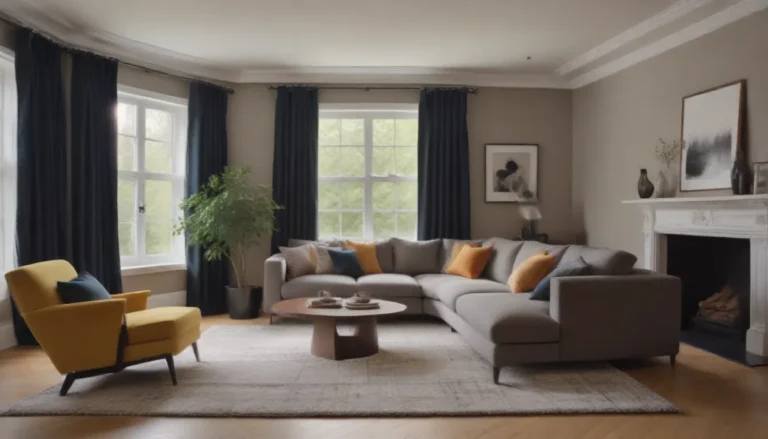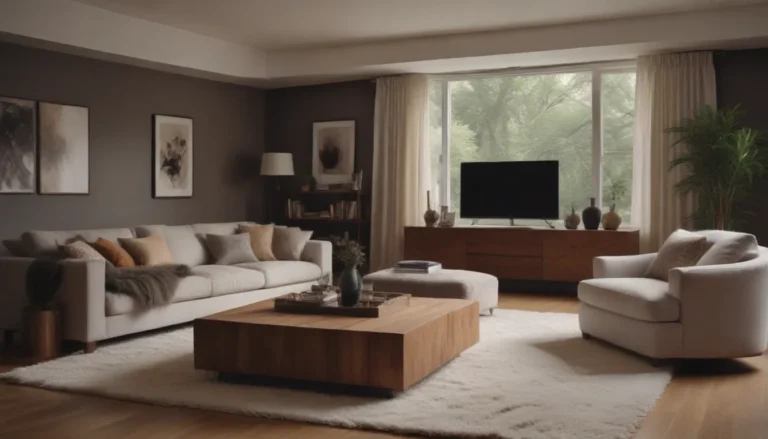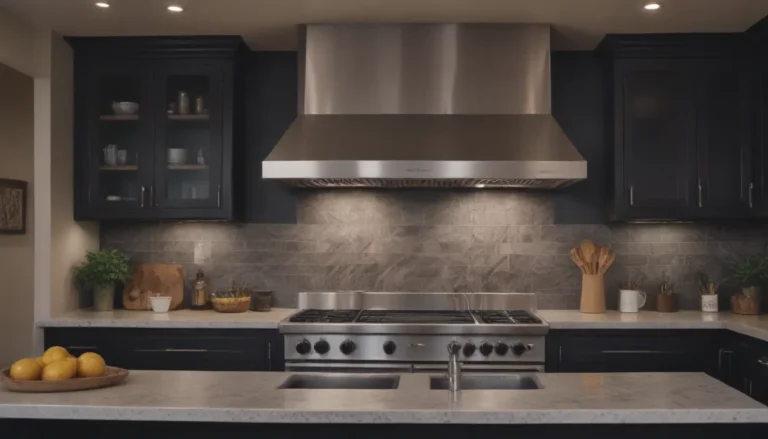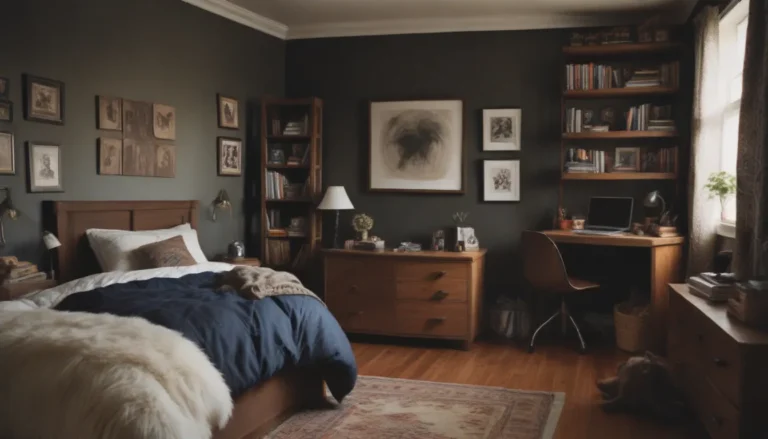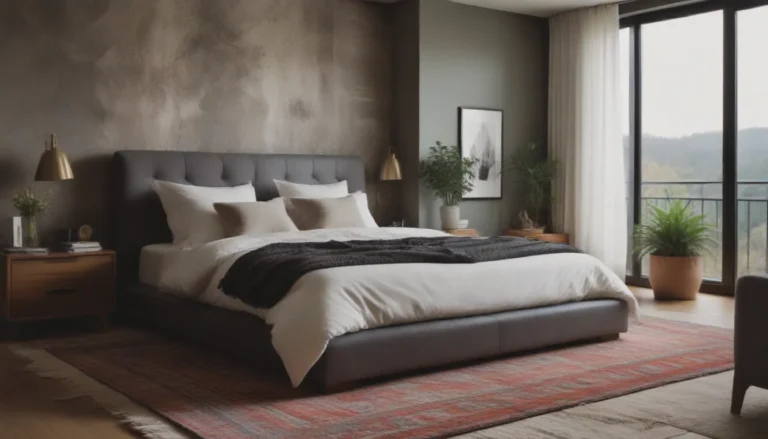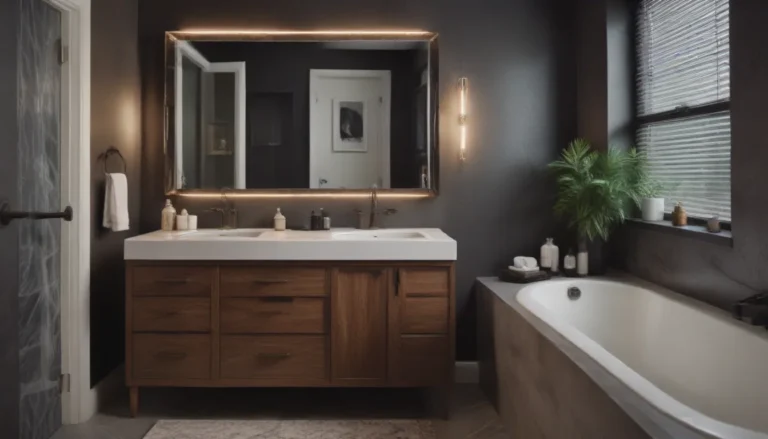The Fascinating World of Art Deco Architecture
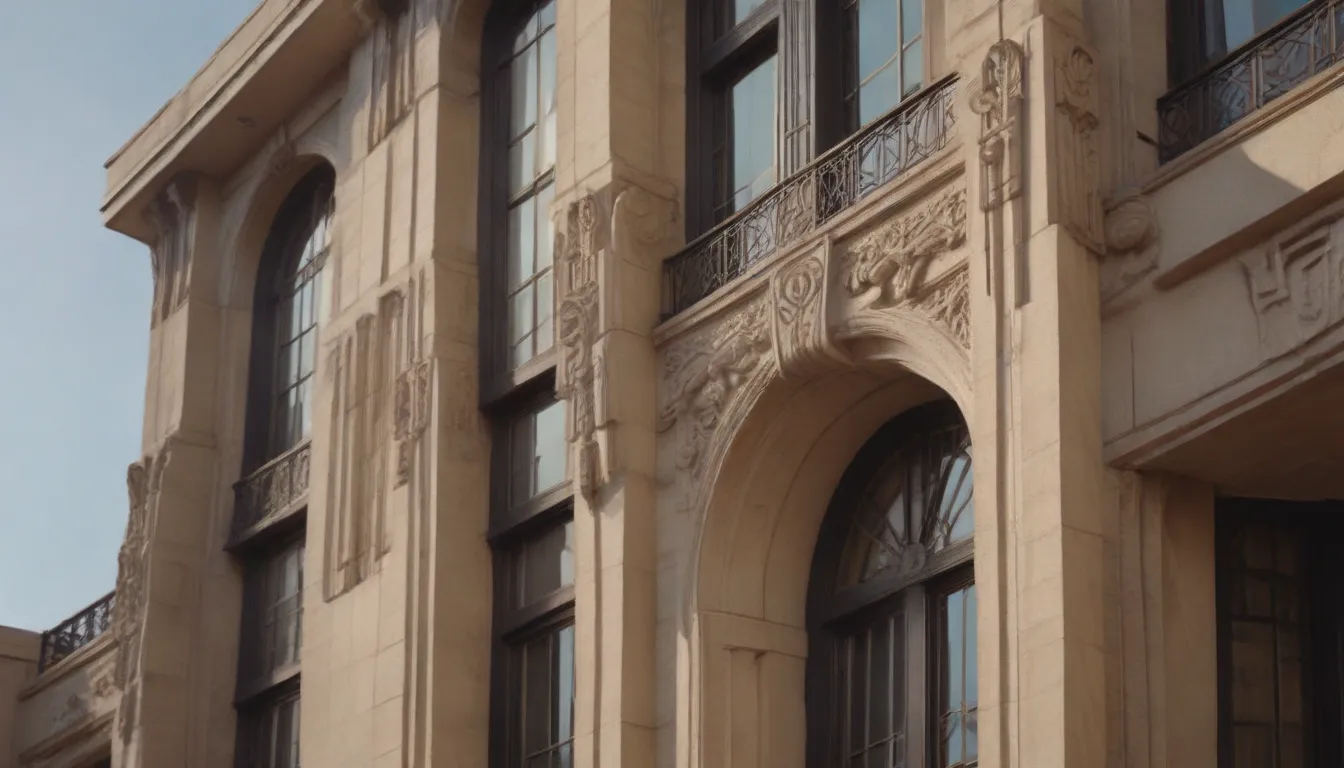
Are you a fan of sleek lines, geometric patterns, and a touch of glamour? If so, you might be drawn to the captivating world of Art Deco architecture. This unique design style, popular in the 1920s and ’30s, combines industrialization with radiance to create structures that are both practical and opulent. Join me as we delve into the history, characteristics, and significance of Art Deco architecture.
Unveiling the World of Art Deco Architecture
Art Deco architecture emerged in the post-WWI era, where designers sought to break away from traditional styles and embrace a fresh, modern approach to building design. The movement gained momentum in the 1920s with its official debut at the Exposition Internationale des Arts Decoratifs et Industriels Modernes in Paris. This influential event showcased the work of innovative designers who were ready to revolutionize the world of architecture.
In the United States, the American Radiator Building in New York City marked the beginning of Art Deco architecture in 1924. Soon after, famous architects across American cities began constructing impressive skyscrapers that exemplified the lavish and bold nature of the Art Deco style.
Deciphering the Characteristics of Art Deco Architecture
Identifying an Art Deco building is an exciting challenge, especially when you know what to look for. Here are some common characteristics that define Art Deco architecture:
- Modern and traditional building materials
- Ornate, geometric detailing
- Consistent detailing
- Bold use of contrasting colors
- Fragmented shapes
- Decorative, geometric windows
- Parapets and spires
These elements come together to create buildings that exude a sense of elegance, sophistication, and innovation.
Exploring the Types of Art Deco Architecture
Art Deco architecture comes in various forms, each with its own unique flair and charm. Let’s take a closer look at some of the types of Art Deco architecture:
Zigzag Moderne
Also known as Jazz Moderne, Zigzag Moderne was the first style of Art Deco architecture to emerge. This highly decorative design features vertical lines and height, making it a popular choice for large buildings such as hotels, movie theaters, and skyscrapers.
Classic Moderne
In contrast to Zigzag Moderne, Classic Moderne is less ornamental and more focused on simplicity and functionality. This style gained prominence during the Great Depression when opulence took a back seat to practicality.
Streamline Moderne
Streamline Moderne, or Streamline, emerged in the late 1930s as a pioneering design in Art Deco architecture. Characterized by rounded corners, horizontal lines, and chrome hardware, this style was often associated with transportation structures like bus and train stations, airport terminals, and diners.
Diving Into Examples of Art Deco Architecture
From iconic skyscrapers to public buildings, Art Deco architecture can be found in numerous impressive structures across the country. Here are a few notable examples worth exploring:
- Chrysler Building in New York City
- Hoover Dam in Nevada
- Miami Beach Architectural District in Florida
These architectural wonders offer a glimpse into the rich history and lasting legacy of Art Deco design.
Delving Into Interesting Facts About Art Deco Architecture
Art Deco architecture is more than just a style—it’s a fascinating blend of history, innovation, and creativity. Let’s uncover some intriguing facts about Art Deco architecture:
- Art Deco spanned two distinct periods: From luxury and wealth to the practicality of the Great Depression, Art Deco design evolved to adapt to changing economic circumstances.
- Art Deco architecture is not a revival style: Unlike traditional revival styles, Art Deco designers aimed to create something entirely new and original, drawing inspiration from diverse cultural influences.
- Symmetry and sharp angles define Art Deco design: Embracing geometric shapes and innovative symmetry, Art Deco architecture diverged from the whimsical nature of Art Nouveau.
- Art Deco buildings predate modern architecture: Serving as a transitional style between traditional and modern approaches, Art Deco architecture paved the way for the sleek lines of Modernism.
Embracing the Legacy of Art Deco Architecture
As we reflect on the captivating world of Art Deco architecture, we recognize its impact on design, culture, and history. From the vibrant streets of Miami Beach to the towering skyscrapers of New York City, Art Deco architecture continues to inspire and captivate audiences around the world.
Are you ready to embark on a journey through the enchanting realm of Art Deco architecture? Let the sleek lines, bold colors, and innovative designs of this iconic style transport you to a bygone era where creativity knows no bounds. Let’s celebrate the enduring legacy of Art Deco architecture and rediscover the beauty and innovation that define this timeless design movement.
